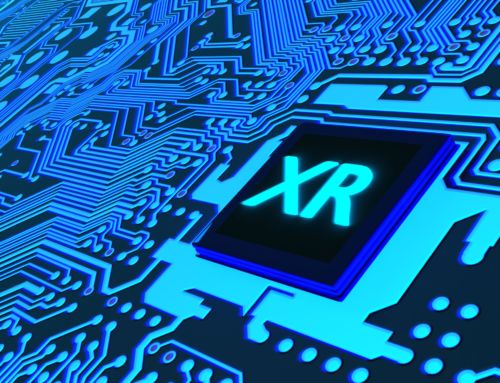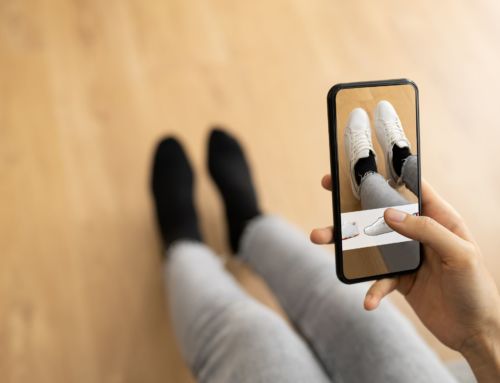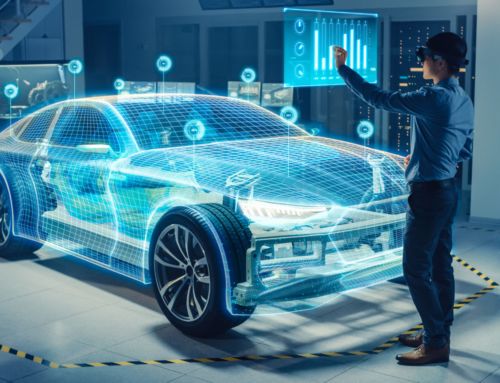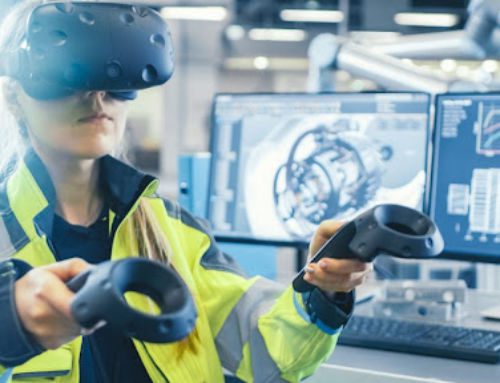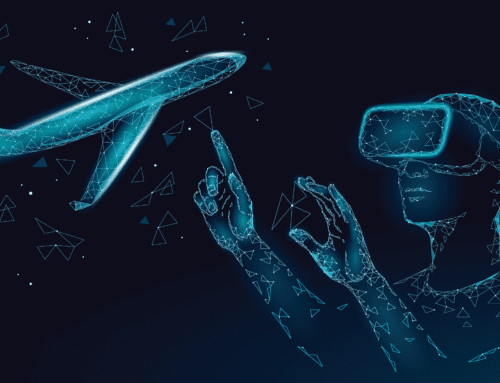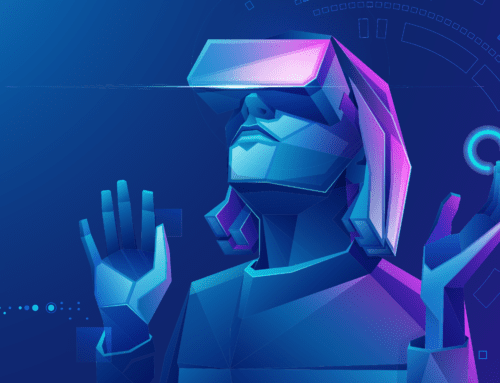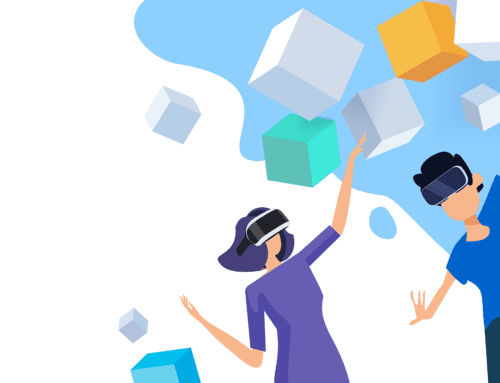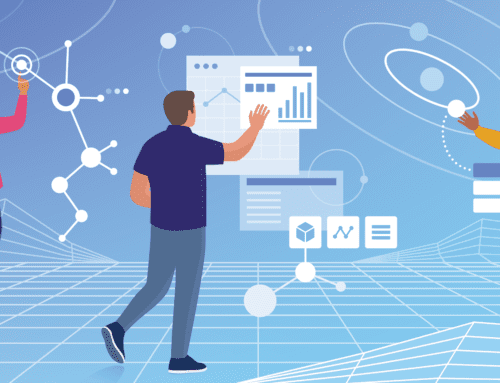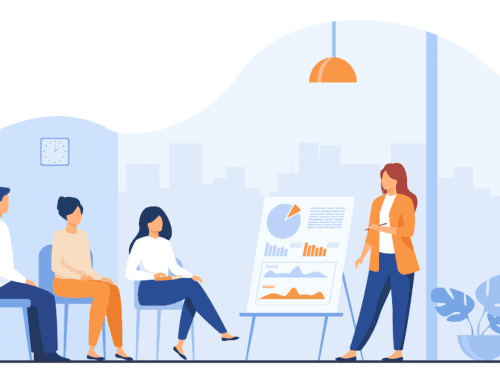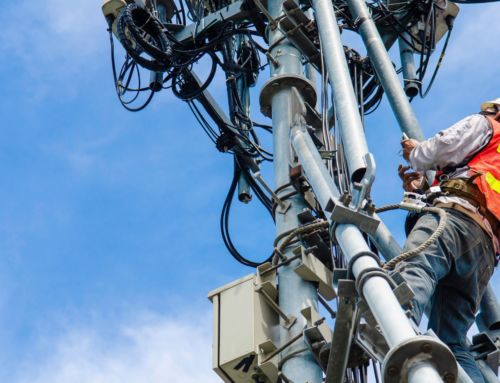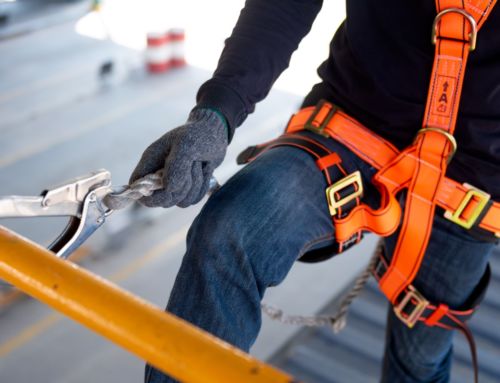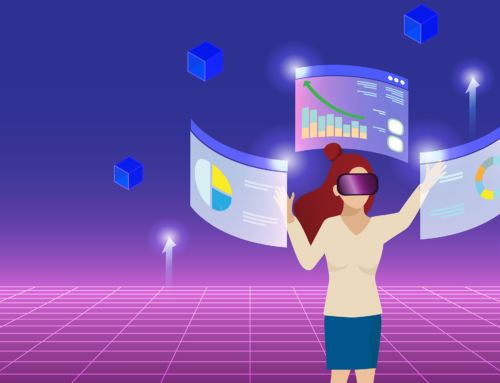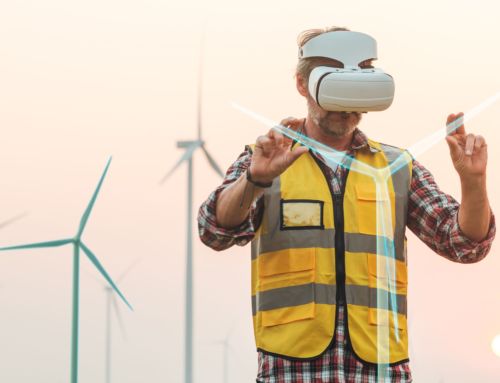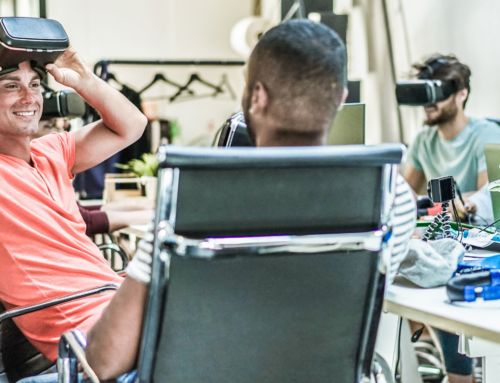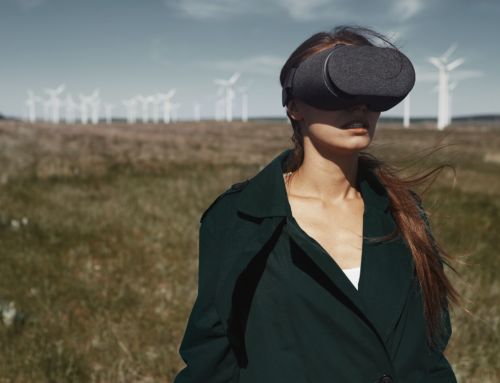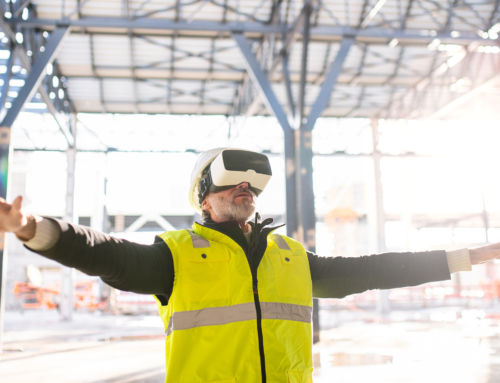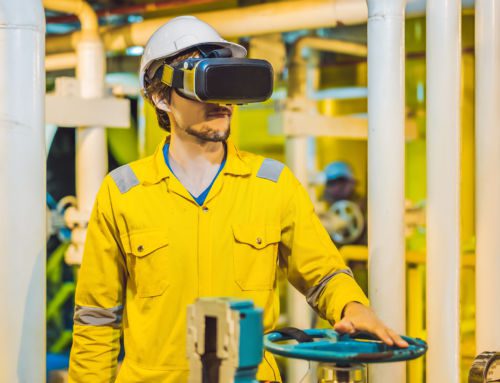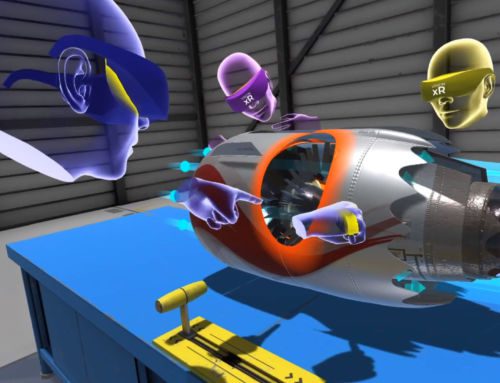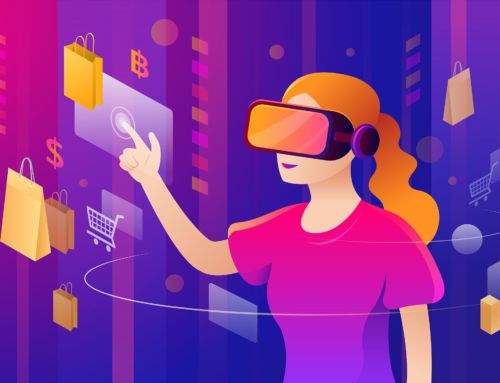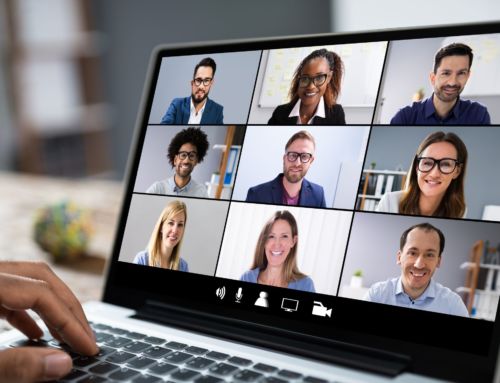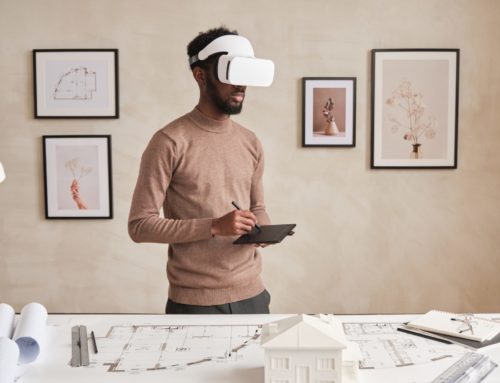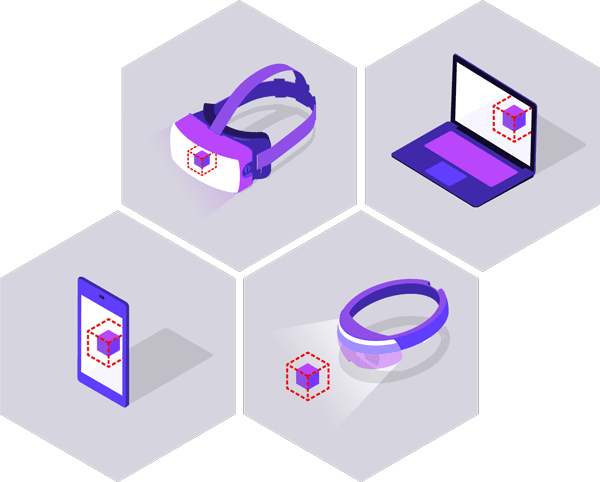With COVID-19 impacting over 75% of the world’s global manufacturing outputs, a shift from fragile workplace traditions to resilient means of operating has become more important than ever.
Leading the change has been the implementation of technology and in particular the use of extended reality (XR) – a spectrum which uses augmented, mixed and virtual reality to combine the physical and digital worlds.
It’s a development responsible for the complete transformation of the manufacturing landscape. In recent years, it’s caused a significant shift in areas of the industry, such as:
– product development
– demand and production
– workforce training
– health and safety; and
– colleague collaboration
With that said, extended reality is still very much at the start of its journey. And with each new development, industry leaders continue to discover more and more ways it can alleviate challenges and stress.
Benefits of XR for manufacturing
Workforce evolution
Unlike the physical restrictions that come with traditional working practices, workforces who collaborate using XR benefit from a hybrid working environment accessible from anywhere in the world.
It’s a modern way of working in manufacturing which has driven automation by creating a collaborative backbone for engineers, production staff and other experts in the manufacturing space.
Operation resilience
For the manufacturing industry, COVID-19 highlighted the fragility of supply chains and caused a major rethink to time-old production processes.
In an effort to bolster resilience, manufacturing leaders accelerated the integration of immersive technology to improve design accuracy, production and distribution.
Training opportunities
By implementing extended reality into training programs, staff members can accurately visualise and respond to scenarios they might experience on the production floor.
What’s more, XR can be used to overlay the physical and virtual world to accelerate engagement, attainment and learning of all content, creating a more efficient workforce.
Enhanced prototypes and production
With extended reality replacing physical prototyping, more products are fast-tracked to shelves without the needless delay of real-world testing and production. For example, Watermark Products, an agency for designing and manufacturing airline products, have integrated XR to tackle time and production challenges for prototypes and testing. Since its adoption, the company can easily visualise mock-ups and validate product sizing – all through the power of immersive technology.
Use cases for extended reality in the manufacturing sector
Virtual meetings
Extended reality allows virtual meetings to go beyond the limitations of simply seeing or speaking by creating a space for interactive avatars and other 3D representations to interact with each other.
Whether it’s reviewing a prototype or upgrading existing systems, immersive 3D products and components can be brought into the room for engineers to investigate in a collaborative setting.
Virtual training
By slipping on a headset, trainers can remotely connect with learners from anywhere in the world. Whether it’s an upskilling module or critical training for new machinery, XR allows users to develop skills and knowledge through interaction with holographic 3D content.
What’s more, by learning in a virtual environment without any risk of costly damage or harm, users are self-driven to further their discovery and exploration which, in turn, deepens understanding.
Immersive collaboration
Through the introduction of immersive technology, such as Microsoft’s Dynamics 365 Remote Assist, users dive into an augmented reality to collaborate using video, audio, holographic tools and real-time document sharing.
Not only does it mean experts are a second away from assisting users with learning, but it also means work can be observed in real-time and remotely verified once complete.
Examples of companies using XR today
Airbus
Airbus is a company who design, manufacture and service commercial aircraft, helicopters, military aircraft, satellites and launch vehicles. Over the past ten years, they have developed more than 10,000 crafts, but they need to deliver twice that amount in the next twenty years.
To meet requirements, Airbus has partnered with Microsoft to increase quality, safety and security through mixed reality (MR) immersive technology. It means engineers can work collaboratively from any location to complete tasks such as remote rendering and design validation.
In fact, since the integration of immersive technology, Airbus has seen design speeds increase by up to 80 percent and manufacturing speeds by up to 30 percent. That’s a wise investment by any metric.
Ford
The automotive industry is one of the leading adopters of extended reality. From prototype testing and futuristic navigation systems to virtual test drives and self-driving technology, immersive technology continues to change the industry as we know it.
As well as many other integrations, Ford designers are one of the first to use Gravity Sketch – a VR tool which allows designers to create more human-centric designs. It’s a process whereby designers work together to create virtual model representations and make real-time adjustments from any location in the world.
Since its integration, Ford has been able to reduce time and money spent on production without compromising high delivery standards.
SEACOMP
Global electronics manufacturer, SEACOMP, operates an open-door policy across its facilities, allowing prospects and customers to see how production works and chat with the team.
But with COVID-19 prohibiting such visits, SEACOMP invested in an immersive alternative to allow people to still visit the premises – albeit virtually and from the comfort and safety of their own homes.
It was an innovative leap made possible through collaboration with Matterport Capture Services, who created a digital twin of facilities to experience 3D factory walk-throughs.
It was a change to processes that Terry Arbaugh, SEACOMP Vice President, reported saving the business nearly $250,000 in travel expenses for employees and customers.
What next for manufacturing?
Immersive technology, such as extended reality, continues to challenge traditional ways of working with innovative alternatives that accelerate learning, production and development in the workplace.
Unlike some industries where mistakes might not directly lead to disastrous consequences, the manufacturing industry, in particular, has a huge responsibility to get things right. And by implementing extended reality, an extra level of safety, competence and reassurance is added to where there may be room for human error.
As you would have seen with our case studies, many globally recognised corporations are well underway with investing in extended reality. And with the market size expected to rise to $345.9 billion by 2030, it’s safe to say immersive technology is a tool that’s here to stay.
If you’d like to learn more about extended reality (XR) or want to demo how our technology can help your business, feel free to get in touch today.
With COVID-19 impacting over 75% of the world’s global manufacturing outputs, a shift from fragile workplace traditions to resilient means of operating has become more important than ever.
Leading the change has been the implementation of technology and in particular the use of extended reality (XR) – a spectrum which uses augmented, mixed and virtual reality to combine the physical and digital worlds.
It’s a development responsible for the complete transformation of the manufacturing landscape. In recent years, it’s caused a significant shift in areas of the industry, such as:
– product development
– demand and production
– workforce training
– health and safety; and
– colleague collaboration
With that said, extended reality is still very much at the start of its journey. And with each new development, industry leaders continue to discover more and more ways it can alleviate challenges and stress.
Benefits of XR for manufacturing
Workforce evolution
Unlike the physical restrictions that come with traditional working practices, workforces who collaborate using XR benefit from a hybrid working environment accessible from anywhere in the world.
It’s a modern way of working in manufacturing which has driven automation by creating a collaborative backbone for engineers, production staff and other experts in the manufacturing space.
Operation resilience
For the manufacturing industry, COVID-19 highlighted the fragility of supply chains and caused a major rethink to time-old production processes.
In an effort to bolster resilience, manufacturing leaders accelerated the integration of immersive technology to improve design accuracy, production and distribution.
Training opportunities
By implementing extended reality into training programs, staff members can accurately visualise and respond to scenarios they might experience on the production floor.
What’s more, XR can be used to overlay the physical and virtual world to accelerate engagement, attainment and learning of all content, creating a more efficient workforce.
Enhanced prototypes and production
With extended reality replacing physical prototyping, more products are fast-tracked to shelves without the needless delay of real-world testing and production. For example, Watermark Products, an agency for designing and manufacturing airline products, have integrated XR to tackle time and production challenges for prototypes and testing. Since its adoption, the company can easily visualise mock-ups and validate product sizing – all through the power of immersive technology.
Use cases for extended reality in the manufacturing sector
Virtual meetings
Extended reality allows virtual meetings to go beyond the limitations of simply seeing or speaking by creating a space for interactive avatars and other 3D representations to interact with each other.
Whether it’s reviewing a prototype or upgrading existing systems, immersive 3D products and components can be brought into the room for engineers to investigate in a collaborative setting.
Virtual training
By slipping on a headset, trainers can remotely connect with learners from anywhere in the world. Whether it’s an upskilling module or critical training for new machinery, XR allows users to develop skills and knowledge through interaction with holographic 3D content.
What’s more, by learning in a virtual environment without any risk of costly damage or harm, users are self-driven to further their discovery and exploration which, in turn, deepens understanding.
Immersive collaboration
Through the introduction of immersive technology, such as Microsoft’s Dynamics 365 Remote Assist, users dive into an augmented reality to collaborate using video, audio, holographic tools and real-time document sharing.
Not only does it mean experts are a second away from assisting users with learning, but it also means work can be observed in real-time and remotely verified once complete.
Examples of companies using XR today
Airbus
Airbus is a company who design, manufacture and service commercial aircraft, helicopters, military aircraft, satellites and launch vehicles. Over the past ten years, they have developed more than 10,000 crafts, but they need to deliver twice that amount in the next twenty years.
To meet requirements, Airbus has partnered with Microsoft to increase quality, safety and security through mixed reality (MR) immersive technology. It means engineers can work collaboratively from any location to complete tasks such as remote rendering and design validation.
In fact, since the integration of immersive technology, Airbus has seen design speeds increase by up to 80 percent and manufacturing speeds by up to 30 percent. That’s a wise investment by any metric.
Ford
The automotive industry is one of the leading adopters of extended reality. From prototype testing and futuristic navigation systems to virtual test drives and self-driving technology, immersive technology continues to change the industry as we know it.
As well as many other integrations, Ford designers are one of the first to use Gravity Sketch – a VR tool which allows designers to create more human-centric designs. It’s a process whereby designers work together to create virtual model representations and make real-time adjustments from any location in the world.
Since its integration, Ford has been able to reduce time and money spent on production without compromising high delivery standards.
SEACOMP
Global electronics manufacturer, SEACOMP, operates an open-door policy across its facilities, allowing prospects and customers to see how production works and chat with the team.
But with COVID-19 prohibiting such visits, SEACOMP invested in an immersive alternative to allow people to still visit the premises – albeit virtually and from the comfort and safety of their own homes.
It was an innovative leap made possible through collaboration with Matterport Capture Services, who created a digital twin of facilities to experience 3D factory walk-throughs.
It was a change to processes that Terry Arbaugh, SEACOMP Vice President, reported saving the business nearly $250,000 in travel expenses for employees and customers.
What next for manufacturing?
Immersive technology, such as extended reality, continues to challenge traditional ways of working with innovative alternatives that accelerate learning, production and development in the workplace.
Unlike some industries where mistakes might not directly lead to disastrous consequences, the manufacturing industry, in particular, has a huge responsibility to get things right. And by implementing extended reality, an extra level of safety, competence and reassurance is added to where there may be room for human error.
As you would have seen with our case studies, many globally recognised corporations are well underway with investing in extended reality. And with the market size expected to rise to $345.9 billion by 2030, it’s safe to say immersive technology is a tool that’s here to stay.


